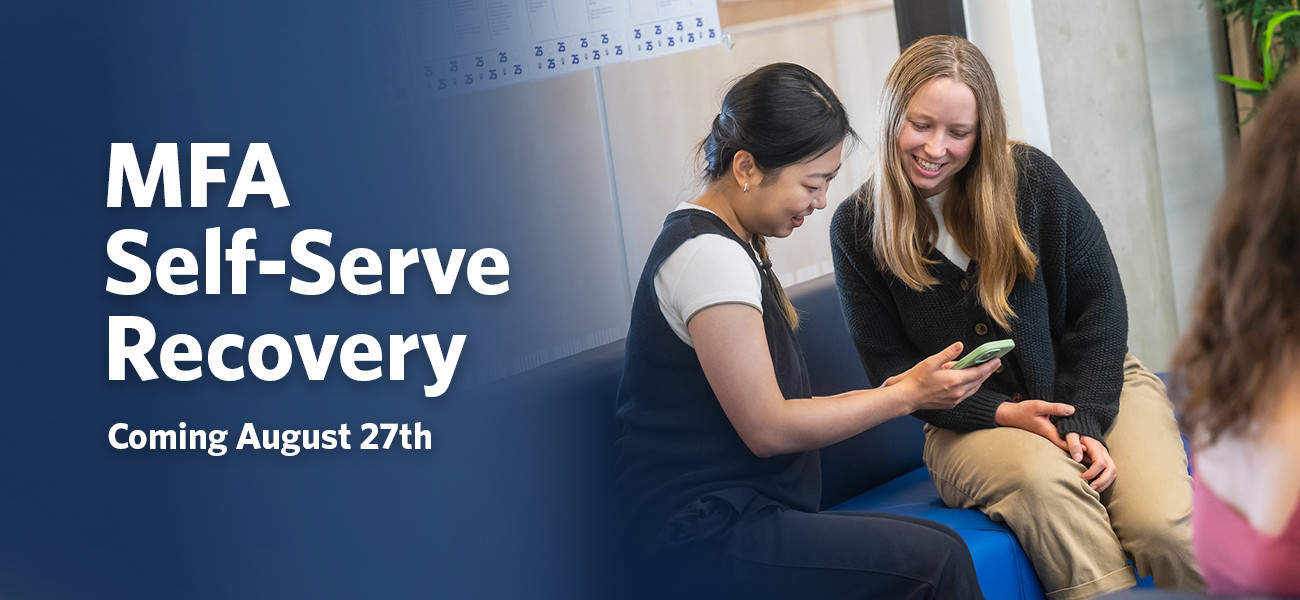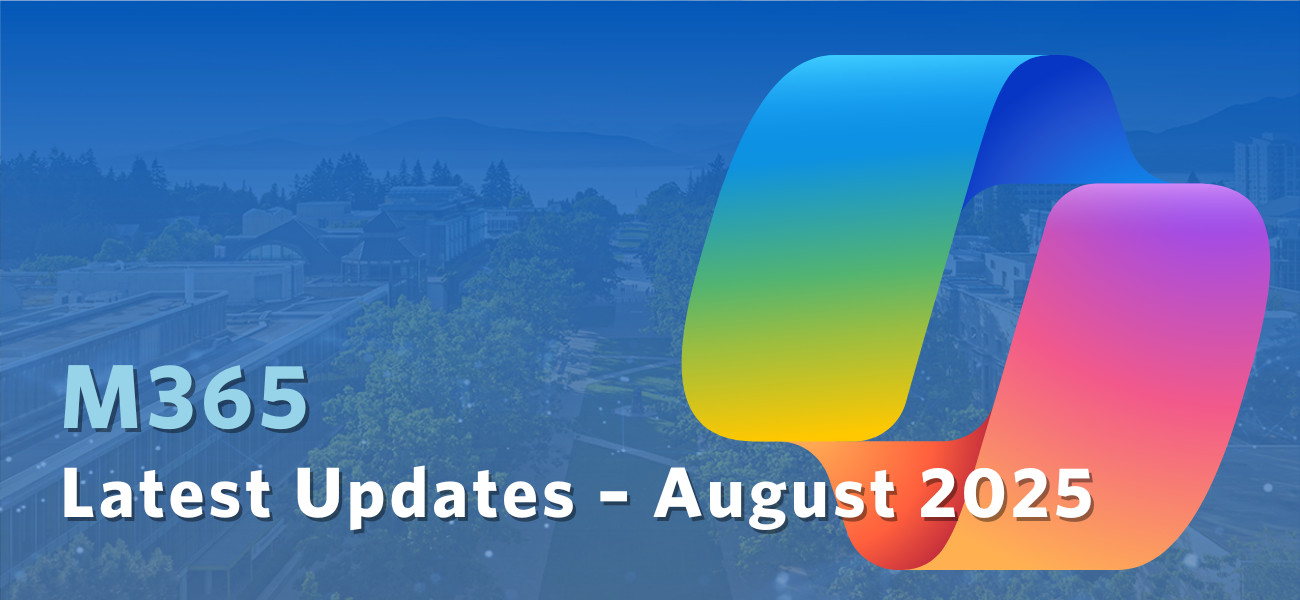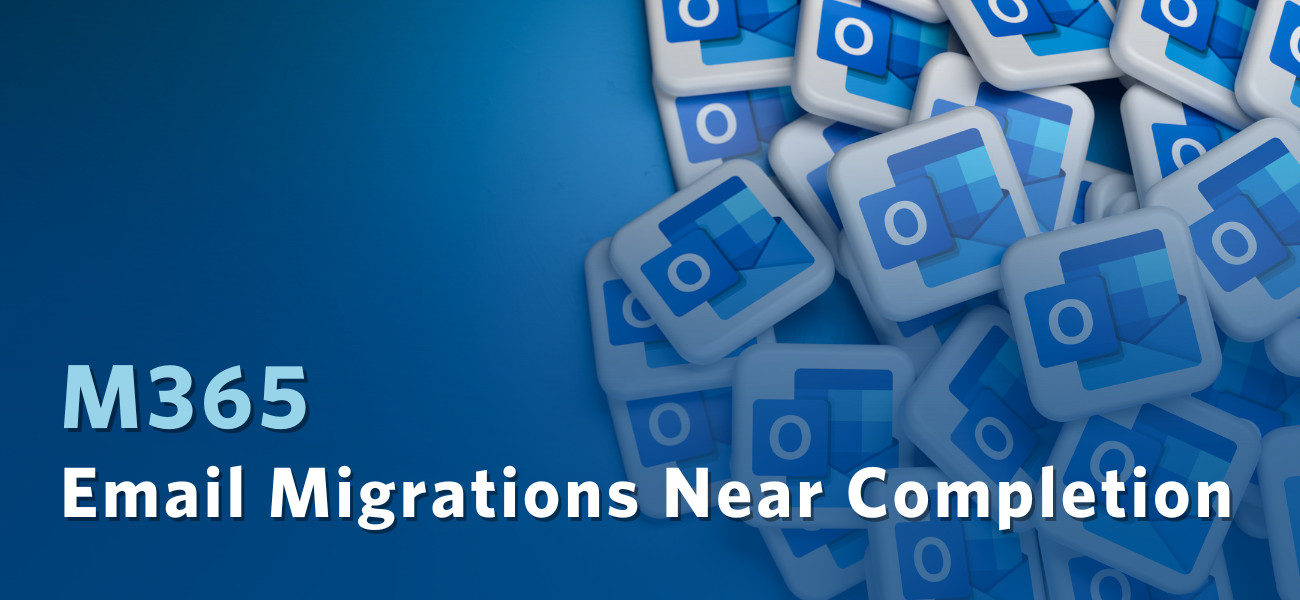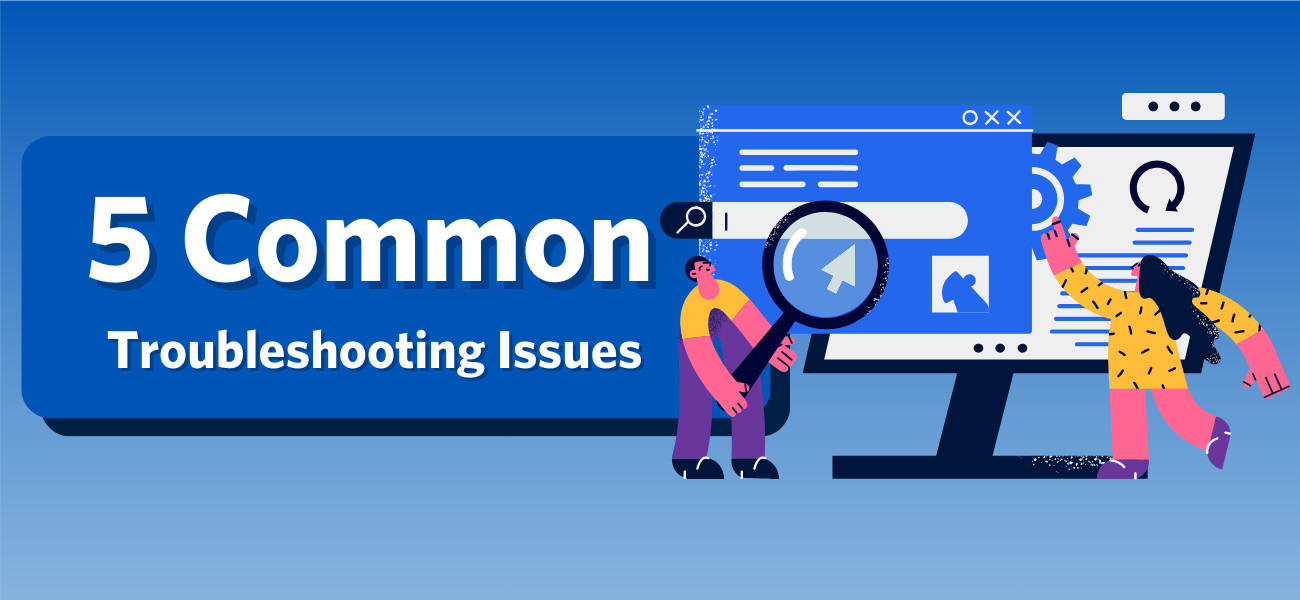As UBC completes its transition to Microsoft Exchange Online, we are implementing automated email alias management for faculty and staff accounts (@ubc.ca), effective October 15, 2025. This change affects how email aliases are created and managed across the university.
What's Changing
Beginning October 15, email alias management will be automated.
New Employees: Will receive automated preferredfirstname.preferredlastname@ubc.ca (preferredFN.preferredLN@UBC.ca) aliases based on the Enterprise Data Governance Naming Standards, and their preferred first and last names captured in Workday during the hiring process. Central HR has modified their workflowto ensure that preferred names are captured during this process. If a preferred name is not set in Workday, then the legal first and last names are used. If there are duplicates of the same first and last name, then a numerical sequence is assigned (e.g., preferredFN.preferredLN2@UBC.ca).
The preferredFN.preferredLN@UBC.ca is also used as username login for the M365 environment.
Existing Employees: Email alias modifications will require IT Service Desk tickets under the following circumstances only:
- Legal name changes processed through HR
- Preferred name updates documented in Workday
- Correction of data entry errors, if exists
- Privacy or safety concerns
- Other exceptional circumstances with appropriate approval
Department Administrators: Will no longer manage preferredFN.preferredLN@UBC.ca aliases through the UBC Directory interface.
Alias Forwarding: preferredFN.preferredLN@UBC.ca will be tied exclusively to FASmail mailboxes and used as login IDs for the M365 service. Users can forward email from their M365 FASmail mailbox to approved domains that are compliant with the Information Security Standard (U3). For more information around email forwarding, see Assessed FASmail Forwarding Domains for a list of compliant email forwarding domains.
CWL My Account/Simplified Sign Up: Manual alias selection option during account setup will be removed.
Why This Change
This transition:
- Streamlines automatic onboarding processes for new employees
- Facilitates direct access to Microsoft 365 and Exchange Online cloud environment for the eligible users when joining UBC
- Avoids risks associated with users changing their email login credentials
- Improves security/identity management
- Ensures consistency with UBC's data governance standards
What This Means for Departments
- HR teams should ensure accurate name information is entered in Workday at hiring
- After October 15, users who wish to change their preferredFN.preferredLN@UBC.ca alias should be directed to update their preferred name in Workday, then to submit a ticket to the IT Service Centre
- Exceptional alias changes will be managed by the ITSC through a modified Departmental FASmail Administrator approval process
Not Affected
- Existing preferredFN.preferredLN@UBC.ca email addresses remain unchanged
- Student email accounts (separate process)
- Generic/shared mailbox processes
Find Out More
Visit the Email Alias Management page on the M365@UBC site for more details about this change, and Data Standards | Office of the CIO for more information about UBC’s naming standards.









